Do Cats Ever Go Into Heat in the Winter? (Is It Possible?)
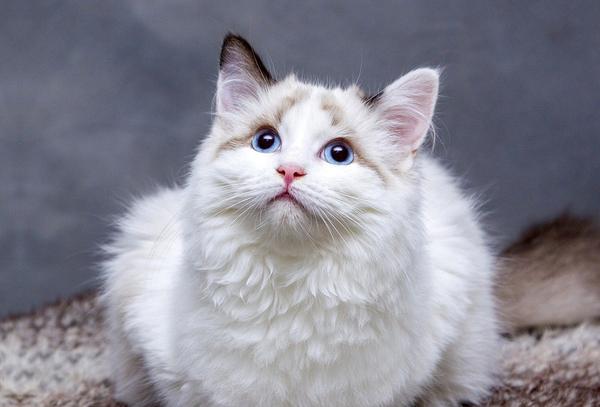
Is winter putting a chill on your feline friend's love life?
Worried about what this icy season might mean for your precious kitties? 😺
Well, I hear you loud and clear.
You're not alone in your concerns.
So, let's dive deep into the mysteries of feline heat and uncover the truth together.
Are you ready?
Let's embark on this enlightening journey.
The Effects of Seasonal Changes on a Cat's Heat Cycle
You gotta admit, the way seasonal changes mess with a cat's heat cycle is pretty intriguing.
Bet you didn't know that during winter, cats can have a weaker heat cycle, did ya?
Blame it on the shorter days and chilly temps.
Yep, our furry pals are influenced by the changing seasons too!
Daylight duration, low light, and temperature all have a say in when cats get down to business.
To ensure their babies survive, they play it smart and wait till spring to mate. 😺
Clever little things, ain't they?
Funny thing is, female cats go into heat from early spring to early fall.
They skip winter so that the first batch of kittens pops out in the middle of spring.
It's all about timing, my friend.
The seasons and how much sunlight there is affect a cat's heat cycles.
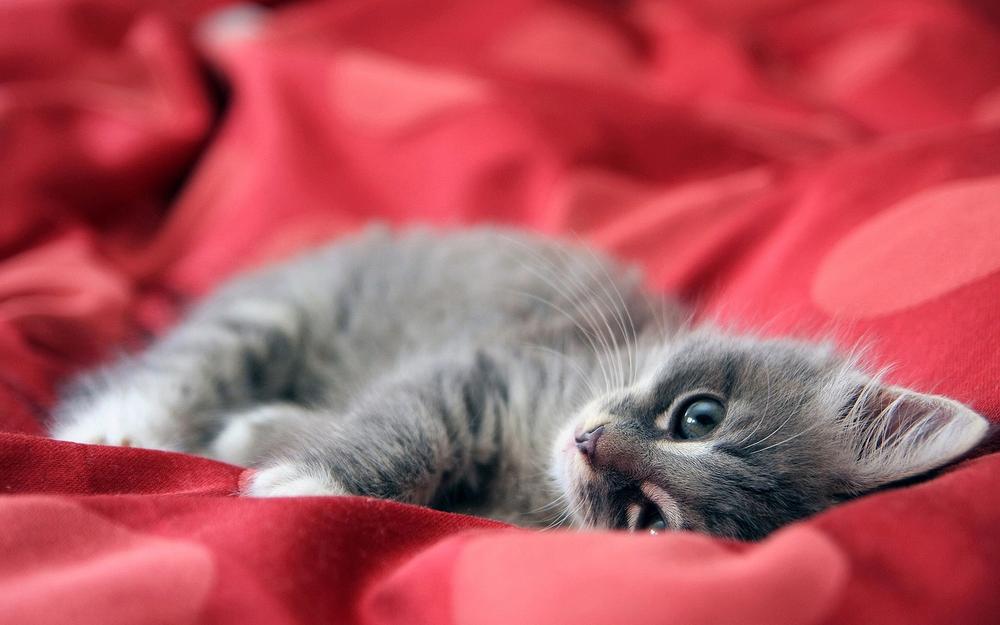
These cycles kick off in spring and keep going till fall, triggered by long hours of daylight. Once cats hit sexual maturity, they need at least 12 hours of daylight to start a heat cycle.
Sunshine does stuff to their hormones and the release of melatonin, which blocks the important hormones for the heat cycle.
Here's something else that'll make your ears perk up:
Female kitties go through two to four heat cycles, each lasting 2-3 weeks with breaks of 15-21 days between 'em.
When they're in heat, it lasts for about a week to 10 days.
And guess what?
In the Northern Hemisphere, things really get busy from February to October.
But hold up, there are some differences depending on where you are. Up North, mating season goes from March to September, while down South it's from September to March.
Mother Nature is one heck of an artist, huh?
Now you have a better grasp on how the seasons shake up a cat's heat cycle.
Pretty darn fascinating, don't you think?
Hope you enjoyed learning something fresh today!
Main points I'll expand upon further down this article:
- Both male and female cats have clear indicators when in heat.
- Female cats typically have their first heat cycle at 6-10 months old.
- Cats in heat display behaviors such as excessive meowing, scratching, rubbing, and spraying.
- Signs that a cat is in heat include increased vocalization, rubbing, spraying, rolling, and adopting an arched-back position.
- Environmental factors, such as artificial illumination, can disrupt hormonal regulations and trigger year-round heat cycles.
- The presence of intact cats, especially of the opposite sex, can trigger the reproductive cycle in cats.
- Female cats can have two to four heat cycles annually, lasting four to five days, and can continue to go into heat throughout their lives.
- Factors such as geographic and climatic conditions influence the mating season for cats.
- It is important to consider whether or not to spay/neuter cats to manage their heat cycle and prevent unwanted behavior and health issues.
- Spaying or neutering cats can reduce unwanted behaviors and protect them from serious conditions like cancer and infections.
And now let me tell you about the unmistakable signs that female cats are in heat and ready to reproduce!
Understanding the Signs of a Cat in Heat
Understanding the signs of a cat in heat is crucial for cat owners 🐱:
- Excessive meowing: Your female cat will vocalize more than usual, often with loud and persistent meowing.
- Increased rubbing and rolling: Cats in heat will rub against furniture, walls, and other objects more frequently. They may also roll on the floor or carpet.
- Spraying: Female cats in heat may spray to mark their territory. This can be especially frustrating for owners.
- Adopting an arched-back position: A cat in heat will often lower her front end and raise her hindquarters into a distinctive arch.
- Intense focus on male cats: If there are male cats around, your female cat may become fixated on them, displaying heightened attention and interest.
- Attempting to escape the house: Female cats in heat may try to escape in search of a mate. Keep windows securely closed and doors locked during this time.
- Proestrus behavior: Before entering estrus, cats go through a proestrus phase where they show increased affection by prolonged rubbing against objects, furniture, and even people.
- Loud vocalization: Cats in heat may make loud, repetitive noises as they call out to potential mates.
- Mating stance: When a female cat is ready to mate, she assumes a posture with her tail pointed to one side.
You have to spay and neuter cats to avoid these behaviors and the potential health risks associated with mating.
But wait, there's more!
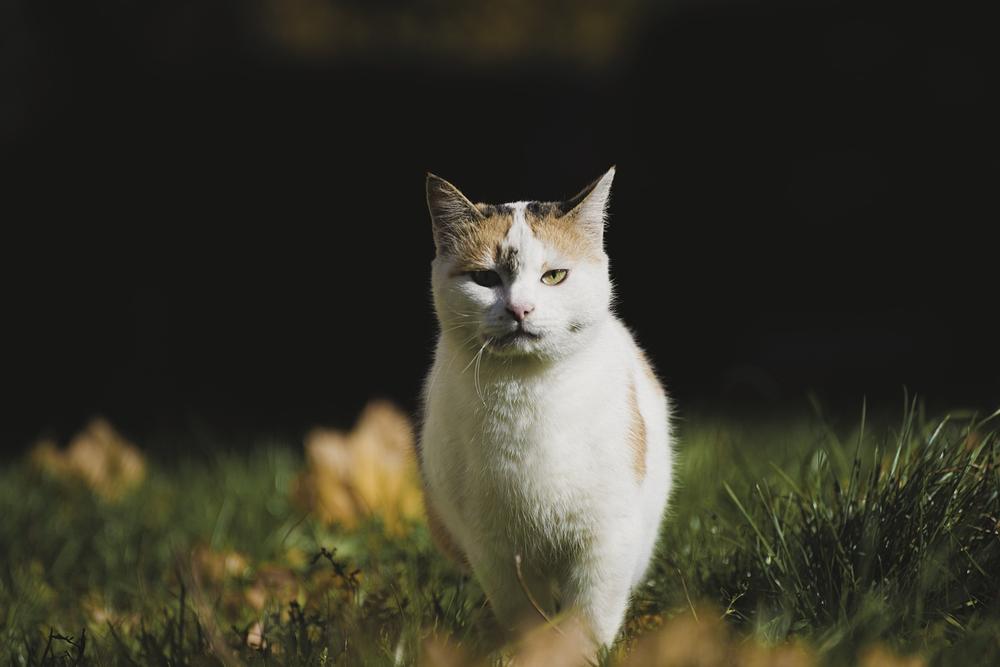
Understanding the signs of a cat in heat is just the tip of the iceberg.
Curious to uncover what factors influence a female cat's heat cycle?
Let's explore the fascinating world of feline reproduction...
Factors That Influence a Cat's Heat Cycle
Factors That Affect a Cat's Heat Cycle:
- If there are intact male cats nearby, their smell can mess with a female cat's hormones and make her go into heat. Remember this if you don't want surprise kittens.
- Stuff like artificial lights can throw off a cat's hormones and make them have heat cycles all year round. This goes for indoor cats too, not just those in the wild.
- Having both male and female cats, especially if they're not fixed, can get the ladies going more often. So be ready for some frequent heat cycles if you've got both.
- Lady cats usually have two to four heat cycles a year, and they last about four to five days each time. Cats don't go through menopause like us humans, so they can get frisky whenever.
- Where you live and what kind of climate it has can impact when cats are in the mood. It varies depending on the region and weather conditions.
- Getting your cat spayed is super important, especially between February and September. If you're not planning on breeding her, there's really no good reason to let her go into heat.
- Cats reach sexual maturity between six to twelve months old. Most females start having heat around six months, but it can change based on their environment. Siamese cats can get frisky as early as four months, while other breeds may take longer.
Knowing these things will help you take better care of your lady cat and make smart choices about her reproductive health. 🐈
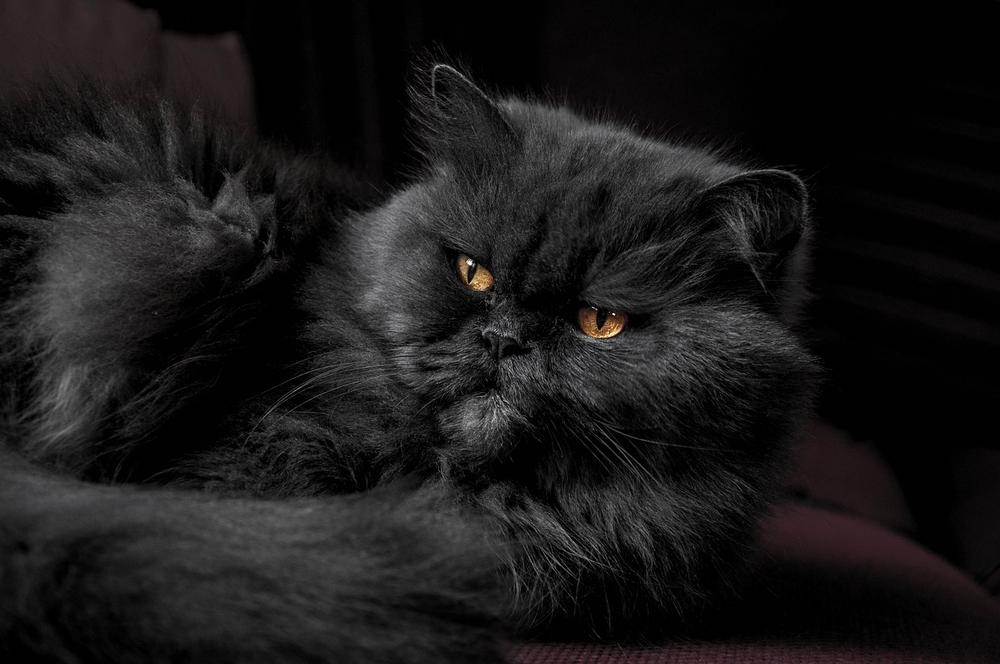
And if you're wondering about whether a cat can get pregnant when not in heat, I've written a helpful article that addresses exactly that.
In my blog post Can a Cat Get Pregnant When Not in Heat, I provide all the necessary information to satisfy your curiosity and alleviate any concerns.
So, make sure to check it out and get the answers you're looking for.
The Difference Between Indoor and Outdoor Cats in Heat
Indoor cats are affected by artificial lighting, which messes up their heat cycles all year.
Even in winter, the coziness and well-fed lifestyle indoors can trigger heat in female indoor cats.
Being in heat means they're sexually receptive and it's a problem if unsprayed indoor cats go out during that time. Male cats nearby will be drawn to them, increasing the risk of unplanned pregnancy.
Also, if your indoor cat is living in an environment with controlled temperatures and lighting, they could stay in heat indefinitely.
So, keep an eye on your indoor cat, especially when they're in heat, unless you want unexpected new furballs!
How to Care for a Cat in Heat
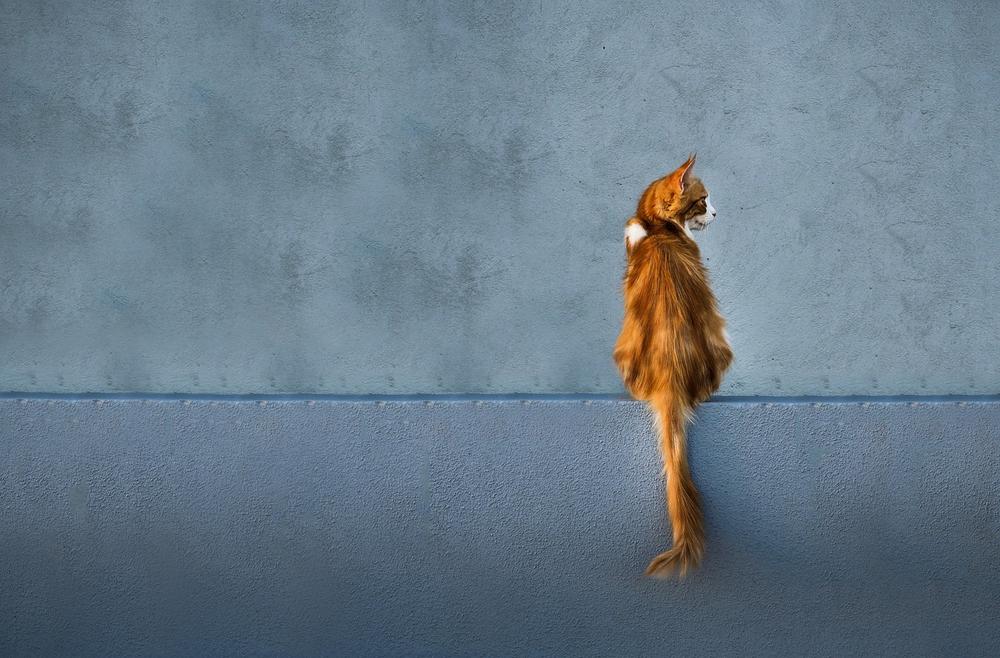
When your cat is in heat, here are some care tips to help her through this challenging time:
- Create a quiet and warm space where she can retreat and feel secure, such as a cozy corner with comfortable bedding.
- Provide distractions to redirect her attention from potential mating opportunities. Interactive toys and engaging activities can be helpful.
- Use comforting techniques like gentle petting and soothing sounds to help calm her anxieties during this hormonal period.
- Consider using Feliway products, which contain synthetic feline facial pheromones that can help reduce stress and provide a sense of security.
- Ensure a clean litter box to minimize any additional discomfort or frustration.
- Regularly brush your cat's fur to offer physical comfort and prevent matting during this time.
- Spaying is recommended for indoor cats to prevent behavioral problems and unexpected litters. Consult with your vet to discuss the best timing for the procedure.
- Be patient and understanding throughout this process, as cats may display signs of irritability due to their heat cycle.
Providing a calming environment and giving your cat extra attention can go a long way in making her feel more comfortable during her heat cycle.
Common Myths About Cats in Heat
Spaying your cat while she's in heat is possible with extra precautions and monitoring. It's important for responsible cat owners like you to know the benefits of spaying.
By spaying or neutering your cat, you can prevent unwanted behaviors and protect them from serious conditions like cancer and infections.
Unlike humans, cats don't experience bleeding during their estrus cycle because they don't shed the lining of their uterus.
Consider the advantages of spaying or neutering to promote your cat's overall health and well-being.
Now, let's debunk some common myths about cats in heat:
- Spaying a cat during her heat cycle isn't impossible; it just requires extra precautions.
- The cost of spaying may seem high, but think of the long-term benefits for both your cat and your household.
- Cats don't bleed during their estrus cycle, contrary to popular belief.
- Neutering male cats can also reduce their wandering instincts and aggressive behavior.
Being a responsible pet owner means making informed decisions about spaying or neutering your cat.
It's a small investment for their health and happiness.
And that wraps up today's article.
You made it to the end of my blog post, so I have a question for you! Did you enjoy reading it? I put in a tremendous amount of effort to write blog posts that are informative and cover every detail imaginable. It truly takes up a significant chunk of my time (which I enjoy), so it would mean the world to me if you can click on any of the social sharing icons and pass along this article to others. Thank you so much in advance!
Talk soon,
-Sarah Davis